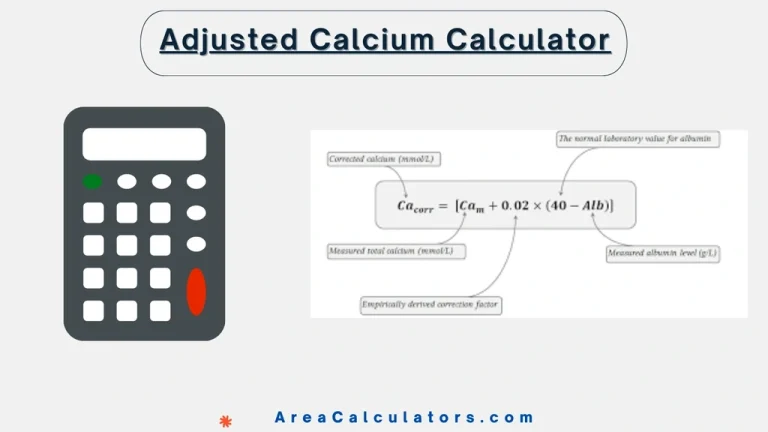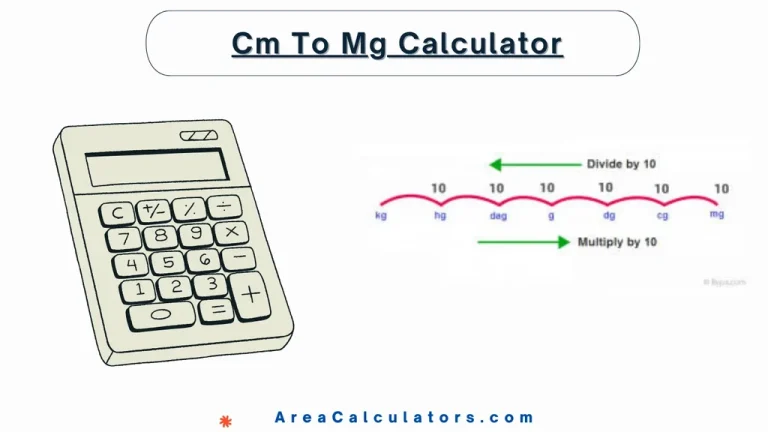Failure Rate Calculator [Online Failure Rate Calculator 2025]
To calculate the failure rate (FR), divide the total number of failures (TF) by the total operating time (TT).
The Failure Rate Calculator is a valuable tool for determining the reliability of systems, devices, or components over a given time frame. It quantifies how often failures occur, allowing engineers and analysts to measure system dependability, plan maintenance schedules, and improve designs.
Formula
FR = TF / TT
| Variable | Description |
|---|---|
| FR | Failure rate per unit of time |
| TF | Total number of observed failures |
| TT | Total time the system was in operation |
Solved Calculations
Example 1: Failure Rate for a Machine
- Total Failures (TF): 10
- Total Operating Time (TT): 1000 hours
| Step | Value |
|---|---|
| Divide TF by TT | |
| Failure Rate | 0.01 failures/hour |
Example 2: Annualized Failure Rate for Electronics
- Total Failures (TF): 5
- Total Operating Time (TT): 8760 hours (1 year)
| Step | Value |
|---|---|
| Divide TF by TT | |
| Failure Rate | 0.00057 failures/hour |
What is Failure Rate Calculator:Find Standard Failure Rate, Average Failure Rate, Annual Failure Rate, Exponential Failure Rate:
The Failure Rate Calculator is a crucial tool designed to quantify the likelihood of a system, component, or product failing over a specific time period.
By incorporating data such as Mean Time Between Failures (MTBF), operational hours, and other reliability metrics, this calculator evaluates the failure rate, typically expressed in failures per unit time.
For instance, if a component has an MTBF of 10,000 hours, its failure rate is 0.0001 failures per hour. This metric is invaluable in industries like manufacturing, electronics, and engineering, where reliability and maintenance planning are paramount.
It also aids in estimating costs associated with downtime and repairs, enabling better resource allocation and decision-making.
Final Words:
In essence, the Failure Rate Calculator is a versatile tool for assessing reliability and managing risks. It empowers organizations to optimize maintenance strategies and ensure long-term system performance.




